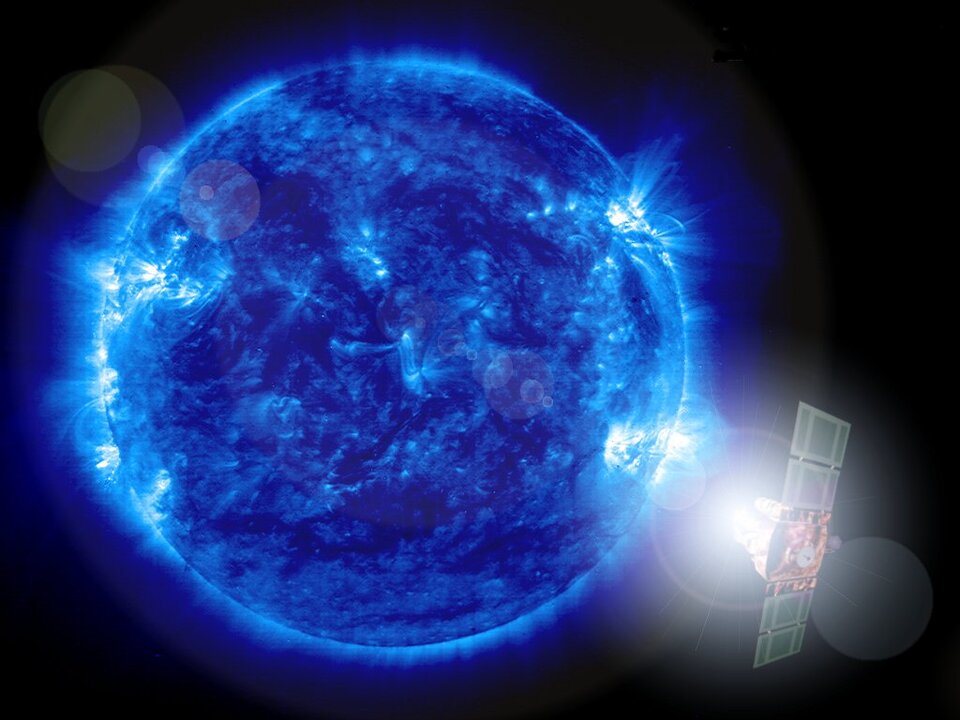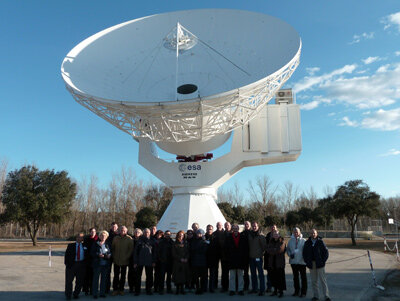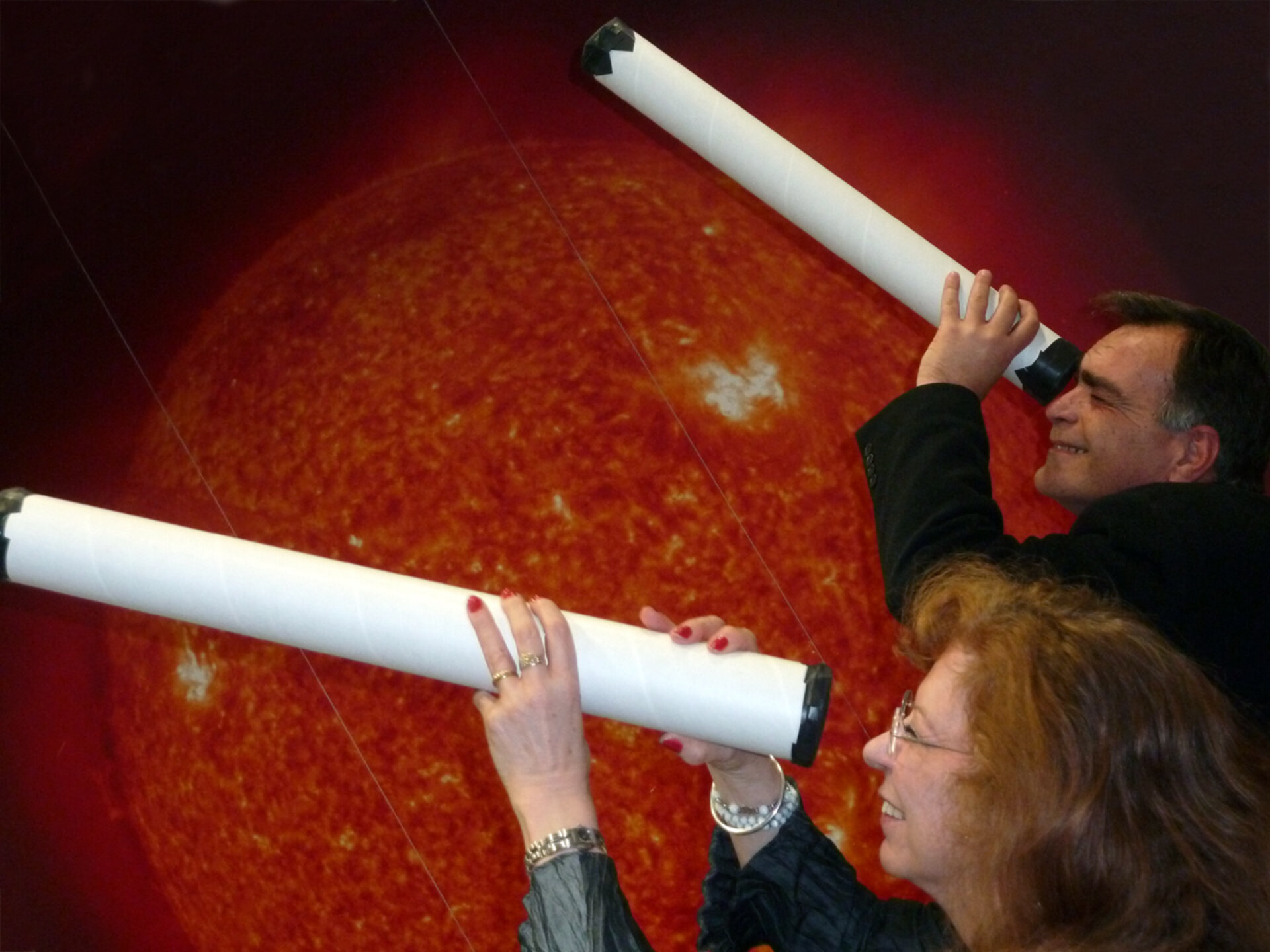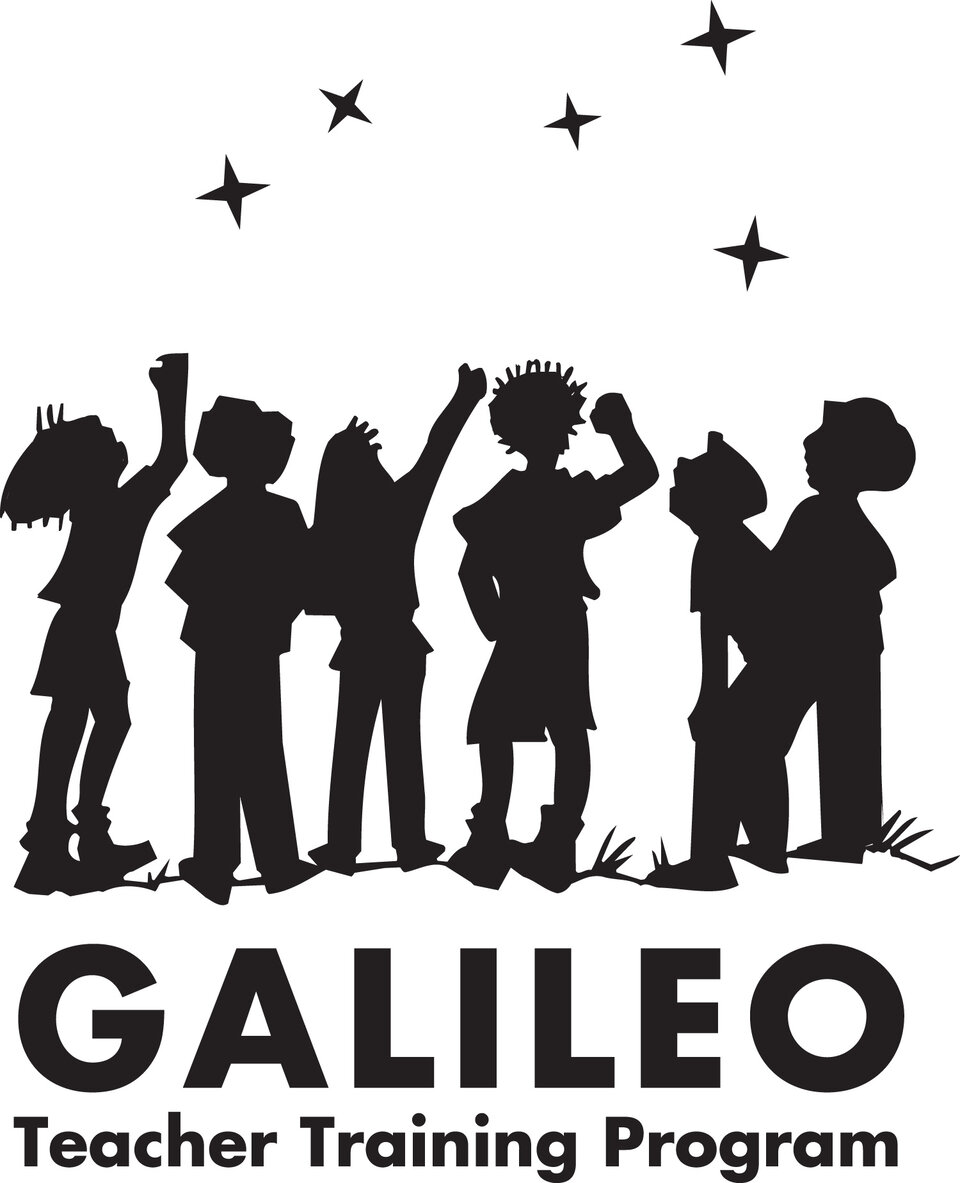Inspiring teachers at ESAC
On Tuesday 14 February ESA’s European Space Astronomy Centre (ESAC) in Spain opened its doors to European secondary school teachers of the physical sciences for an intensive, four-day training workshop.
The workshop was the third in a series organised by ESA with the Galileo Teacher Training Programme (GTTP). The programme provides teachers with an opportunity to experience exceptional tools to use in their own classrooms. The packed workshop programme combined lectures presenting cutting-edge astronomy and space science with applications of real spacecraft data for the classroom and innovative but simple hands-on experiments.

The teachers, representing 15 European countries, were first given an introduction to ESA’s fleet of Solar System and astronomy missions. They were then shown a novel way to investigate the Sun in their classrooms,by accessing data taken by the ESA/NASA SOHO spacecraft themselves using the ESA science data archives.
Continuing their journey through the Solar System, the next stop for the workshop was Earth’s nearest planetary neighbour, Venus. Again, teachers were given the unique opportunity to use actual spacecraft data, this time from ESA’s Venus Express mission, in a hands-on activity to analyse the winds of this turbulent planet. This was in addition to finding out more about the transit of Venus taking place in June this year, the last one in our lifetimes.
A highly interactive session demonstrated to teachers how the inspirational context of Mars could be used to teach core curriculum topics through a variety of interactive activities. For the teachers’ last stop in the Solar System, they were presented with the Cassini-Huygens mission’s seven years of discovery in the Saturn system.

The action-packed programme also saw teachers using freely available planetarium software to plan an observing session that could be implemented from the classroom using robotic telescopes. Additionally, teachers processed and analysed astronomical images and had the opportunity to make their own spectrometers.
The next step for this enthusiastic group of teachers is to bring space into their classrooms as a context that can enrich lessons and help to enthuse the space scientists of the future.






